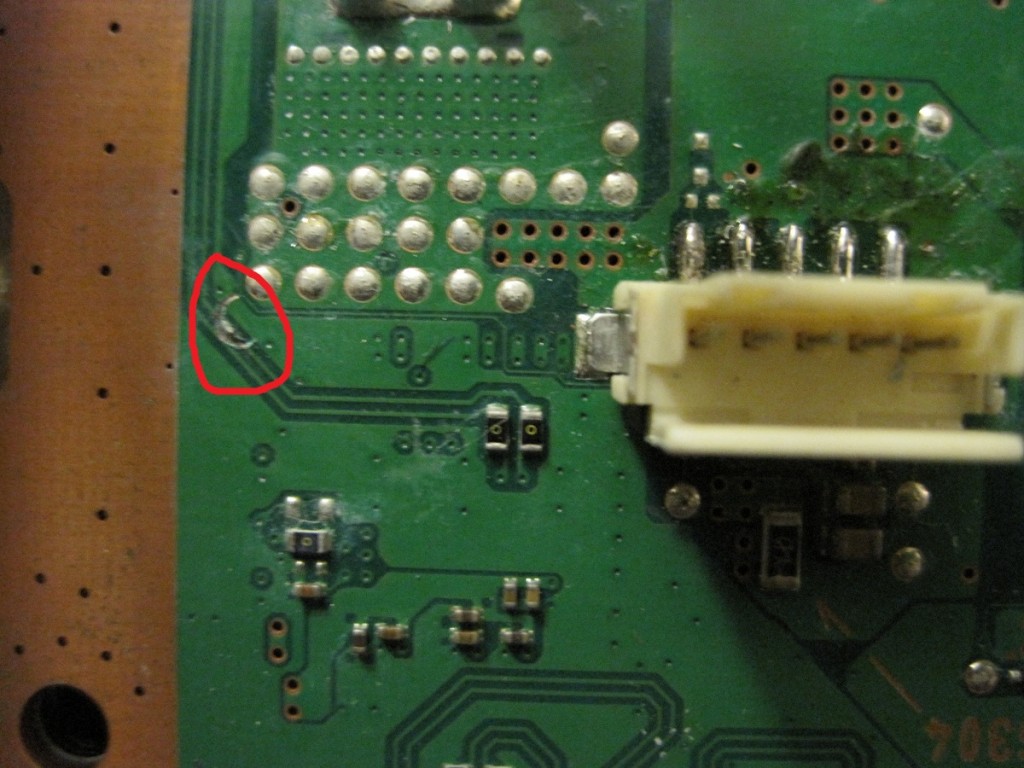Consoles become obsolete; that’s for sure. Games don’t though. I never finished Xenosaga Episode III: Also Sprach Zarathustra, though I did stumble through the indecipherable tome of the same name. Now my PS2 is broken, my computer can’t run PCSX2 at playable speeds because I was too cheap to buy an Intel processor, and my PS3 has a bad BD-ROM drive. I should be overcome by despair right now. But I’m not, you see. That’s ’cause I had myself an epiphany.
Famicon was released in 1983. By 1993 Game Boy had a vast library of games, including ports and re-releases of Famicon games. SFC was released in 1990. Game Boy Advance was released in 2001. SFC titles saw ports, sequels, and remakes in large numbers for GBA. PSX was released in 1994. I had a PSP by New Year’s Day 2005 and it can play virtually all PSX games.
As you can see, the magic number between the time a home console is released and the time its games are available on a portable system is about 10 years. The time from Genesis to Nomad was a mere 7 years.
Therefore, I should not mourn the loss of an opportunity to play those great PSX and PS2 games that I never had time to play when they were new. I should just patiently await the next big thing that will breathe new life into these old buried treasures. PS2 came out in 2000. A portable version of the PS2 is long overdue, judging from trends. Of course, a high-end laptop would play PS2 games just fine, but that doesn’t count. I want something like popstation for PS2 games.
At the moment my PS3 is completely usable. The power/eject board only worked around one in ten times I’d try to use it so I replaced it. Prior to that I could turn it on with a controller that I had managed to sync with the console but then I accidentally de-synced it when I used it on my computer. The BD-ROM drive is dead so I play games from a 250GB hard drive I deprived my laptop the use of. I was satisfied with the $30 PS3 I had salvaged until I went and completely severed the connection between the USB assembly and the power supply by putting a screw into a hole that really, really looked like it was supposed to have a screw in it but was apparently just a decoy. Anyway, the lesson is that you don’t have to know how to use a soldering iron to fix a thing like that; you just a need a penny to do some scratching and a tiny wire to bypass the damaged section. Now all four USB ports work just fine, although I will say that it now looks as though the slightest breeze will ruin the whole “repair”.

